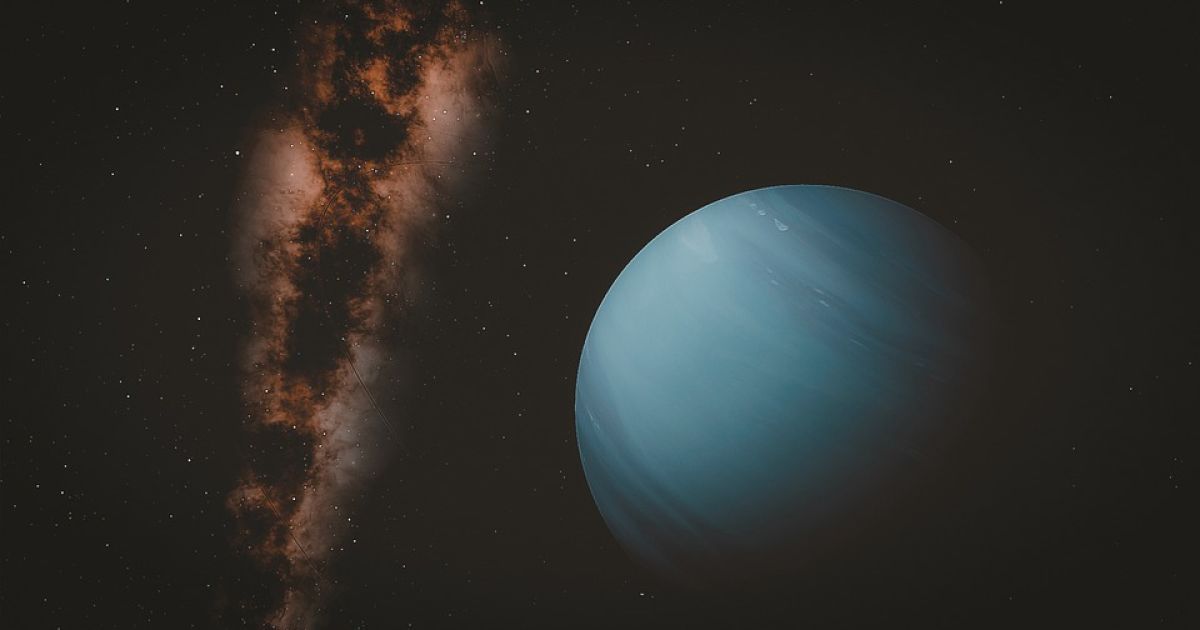The planets have the same shades.
Ideas about the colors of the planets Neptune and Uranus were wrong, according to research conducted by British astronomers.
About it writes BBC.
In space mission images from the 1980s, Neptune was a deep blue and Uranus was green. But the study found that the two icy giant planets have similar shades of greenish-blue.
It turns out that early images of Neptune were enhanced to show details of the planet’s atmosphere, changing its color.
“They did what I think everyone on Instagram would do at some point in their life: they tweaked the colors,” said University of Edinburgh astrophysics professor Katherine Heymans. “They emphasized the blue color just to show the features that can be seen in Neptune’s atmosphere, and that’s why the image is very blue, but in fact Neptune is very similar to Uranus.”
According to Professor Patrick Irwin of the University of Oxford, who led the study, astronomers have long known that most current images of the two planets do not accurately reflect their true colors.
“Even though artificially saturated color was known among planetary scientists at the time—and images were published with captions explaining it—the difference has been lost over time.”
Dr Robert Massey, deputy director of the Royal Astronomical Society, explained that image enhancement is a common procedure in astronomical research.
“It would be stupid to look at an astronomical image and not think it has been enhanced. It should be because that’s how they are processed to see things. It’s not that there was some conspiracy to hide this from the public !”.
Read the main news of the day:
Professor Irwin and his team worked through the raw data to produce what they claim is the “most accurate representation” of the colors of Neptune and Uranus.
The initial error arose because images of both planets taken by NASA’s Voyager 2 spacecraft contained images in three different colors.
The images were recombined to create complex images that were always precisely balanced. The contrast was greatly enhanced to bring out the details of the planets’ clouds, streaks and winds. In Neptune’s case, both processes made it appear bluer than it actually was.
In a recent study, scientists used data from the Hubble Space Telescope’s Imaging Spectrograph and the Multi-Array Spectroscopic Observer on the European Southern Observatory’s Very Large Telescope.
Also read
In both instruments, each pixel represents a continuous spectrum of colors, allowing researchers to reproduce the true colors of both planets.
The analysis showed that Uranus and Neptune are a similar shade of greenish-blue, although the researchers found little difference. Neptune has a slight hint of extra blue color, which the model shows is due to the planet’s thinner layer of haze.
The study also found that Uranus is slightly greener in summer and winter when one of its poles points toward the Sun. But in spring and autumn, when the Sun is above the equator, it has a bluer tint.
Let us remind you that Scientists have created a smart tablet, which vibrates to make you feel full. It will help during weight loss.
Read also:
{{#values}}
{{#ap}}
{{/ap}}
{{^ap}}
{{/ap}}
{{/values}}

